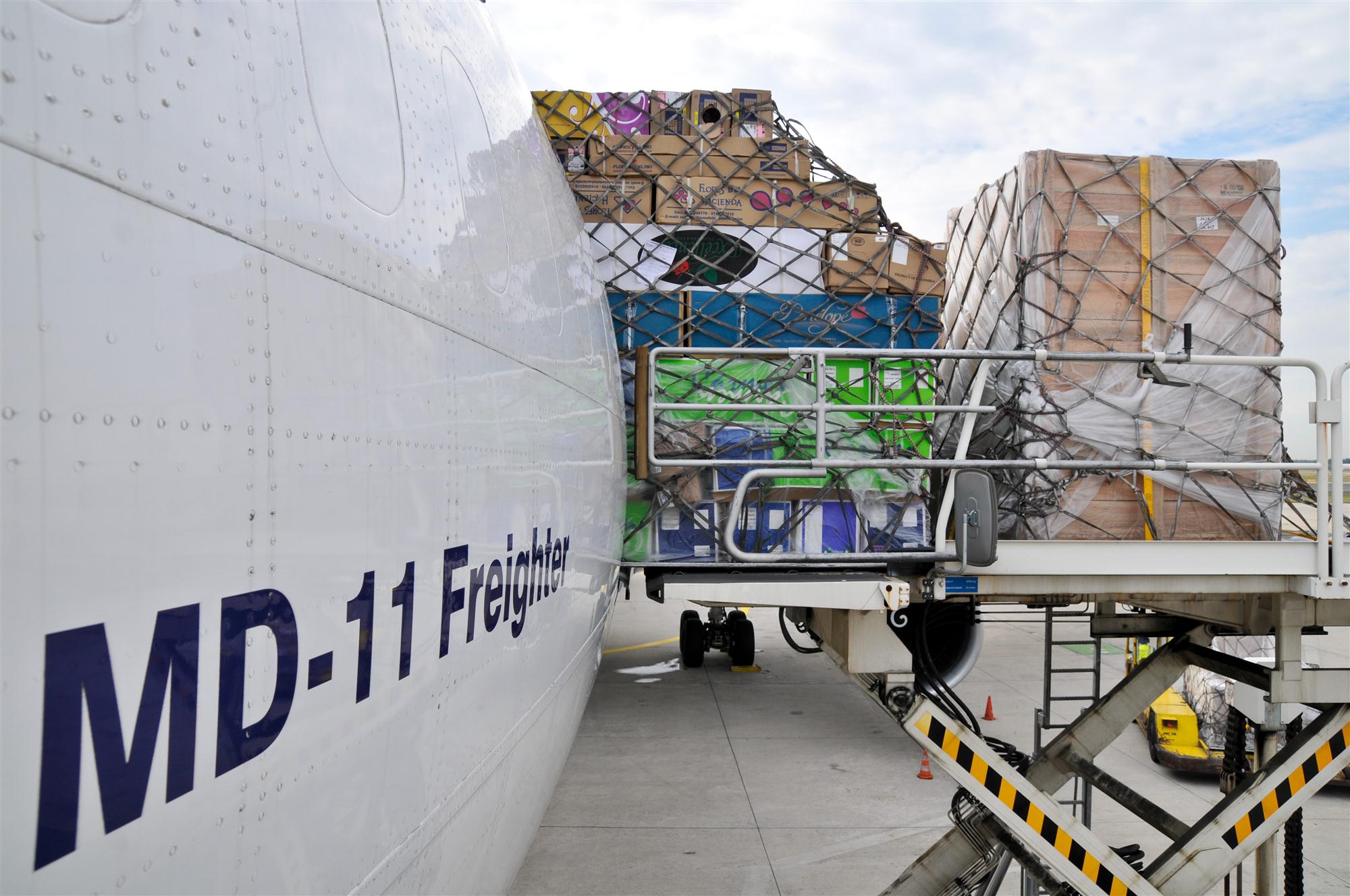The era of daily bargains for users of air freight services is over. Early in September Lufthansa Cargo notified its customers that it would begin to raise rates in western Europe starting on October 1. The German carrier intends to bring the price up by 5-10%, albeit not in one go, signalling to forwarders that the initial rate hike in October will not be the end of price increases.
Emirates is not increasing its rates, but its service has cost more since September 11, when the airline brought back a fuel surcharge.
The rate increases come amidst continued growth in demand and expectations of a strong peak season.
Traffic statistics for July released in early September by the International Air Transport Association show a rise in demand of 11.4%, marking the fourth time in five months of double-digit growth.
July traffic volumes at leading Asian gateways reflect this. Hong Kong and Shanghai Pudong both recorded gains in excess of 10% in July; throughput in Tokyo was up 9% and Seoul handled 6.7% more tonnage. A number of Asian carriers – including Cathay Pacific, Thai Airways and China Airlines – posted volume gains north of the 10% mark in July.

While the momentum on the trans-Pacific sector has remained steady, Europe appears to be finally coming out of the doldrums. The Asia-Europe sector has been going strong – better than anticipated by many. “It’s been a bit surprising how strong Europe has been,” said David Shepherd, commercial director of IAG Cargo. He expects demand to remain strong going forward.
Michael Steen, executive vice-president and chief commercial officer of freighter leasing firm Atlas Air, noted that the growth in air cargo has been across the board – from general cargo to express and e-commerce, with stronger momentum in express and e-commerce.
At the same time, capacity increases have been subdued, lagging demand. IATA statistics indicate 3.7% growth in available lift in July.
The discrepancy between slowly rising lift and a surge in demand that shows no signs of abating has alarmed forwarders, who have responded with efforts to secure more lift. Tim Strauss, vice-president of cargo at Air Canada, reported that customers who showed no interest in capacity arrangements at the start of the year approached the airline during the summer to block space.
With block space in tight supply, larger forwarders have contracted charters for the peak season, something that they did not do in recent years. According to one all-cargo airline, demand for full charters has exceeded its available lift.
Inevitably this situation has driven up prices. The TAC Index shows an increase of 24% in average air freight rates from Hong Kong to the US in August. From Frankfurt to North America, another sector that has seen a robust rise in demand, average rates were up 11.1% from August 2016.
Several product launches during September, including two new versions of the iPhone, have heightened expectations of a strong peak season with lift in hot demand. The subsequent slowdown is not expected to bring much relief. For one thing, forwarders and carriers found that this year the market remained strong during the traditionally slower seasons. Moreover, projections for the e-commerce sector have remained bullish, anticipating double-digit growth in parcel traffic.
At the same time, there is not much new air freight capacity coming on stream. During the downturn, most airlines refrained from placing orders for new cargo aircraft, noted Stan Wraight, president and CEO of Strategic Aviation Solutions International.
In recent years, many combination carriers have cut back their freighter fleets, taking older widebody freighters out of service. However, the rise in demand has brought most of those that are viable back into action, so there is little capacity to fall back on, he observed.
Lucas Kuehner, global head of air freight at Panalpina, warned shippers in late July to brace for higher air freight costs.
“Overall market rates remain high in comparison to 2016 and show no signs of dropping. The closer we get to peak season, the more airlines will increase rates for secured capacity. And when this happens, we will have to pass these price increases onto shippers,” he stated then.
Lufthansa’s latest move suggests that pricing looks set to remain on an upward trajectory beyond the peak season.
By Ian Putzger
Air Freight Correspondent | Toronto



